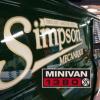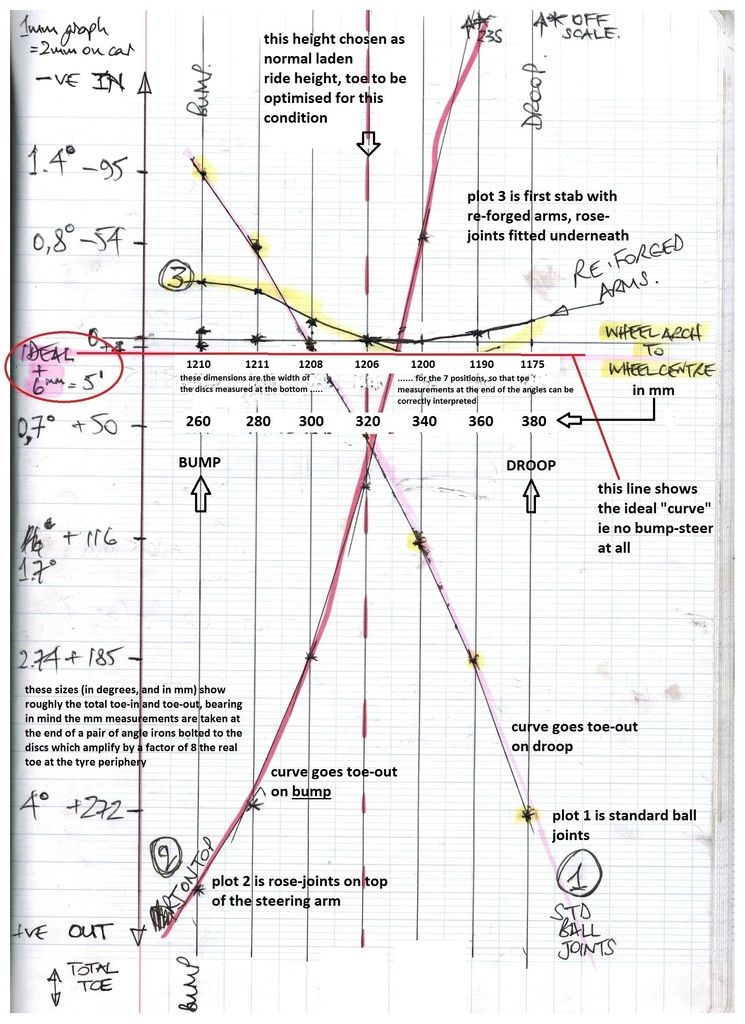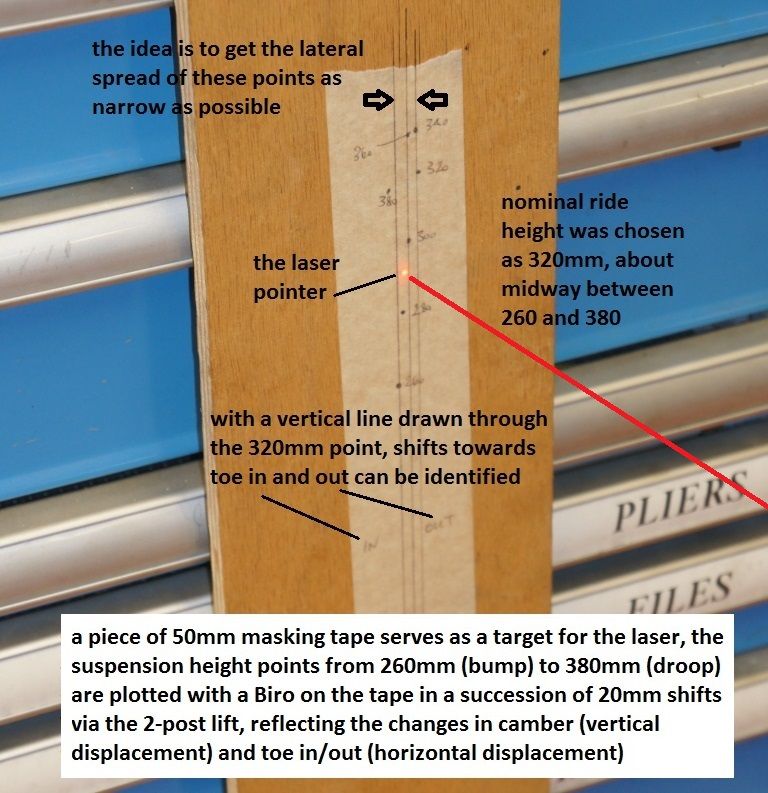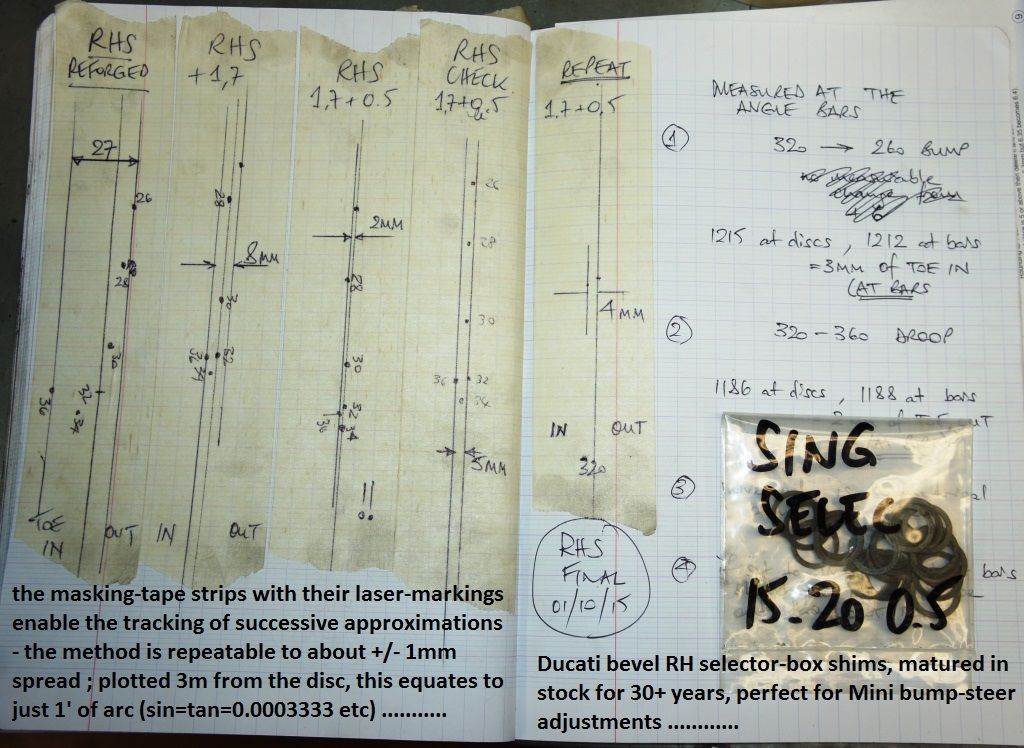Posted 26 June 2016 - 02:54 PM
Even more interesting! Cars I have had which are supposed to have running clearance were Rover P4, Triumph Herald, Ford 100E. Can't remember what was done with Hillman Avenger or Open Rekord D. I think the Rover had a vernier device for very fine adjustment.
In practice people just very lightly tightened up with a short spanner to settle the bearings, slackened off and tightened up again lightly with fingers, backing off to the nearest split pin hole. (2 holes at right angles). Tightening to reach the split pin hole was forbidden. I have seen several mechanics do it that way, as well as what the manuals said, and we must have been doing something right because bearing life was never a problem. Yet the same general type of bearing were routinely preloaded quite heavily until you needed a measured torque to turn them, in diffs made by the very same manufacturers.
And yet bearing catalogues invariably show that a reasonable amount of preload is permissible.
I think that maybe what we were doing years ago was wrong, a by-product of manufacturers safety worries if bearings were too tight, which is far more likely to result in sudden and complete failure of the stub axle than if they were slightly loose.
I would like to think that a lightly preloaded wheel bearing, preventing wheel wobble, was the right thing to do, but the information available is still somewhat inconsistent.
We are still not helping with the diff shimming question. I feel that this problem needs to be permanently sorted, as it does crop up rather often. I think that, if our spares suppliers were as clever as some people believe, they would see the need. A gasket that compresses to a well-defined thickness and no more (easily) is one way. Revised different side covers with a machined groove for an O ring seal are another. With O ring groove 82% of O ring cross sectional diameter in both width and depth you get metal to metal contact when bolted down and a good seal. The same principle would also work on the transfer case, which is what started me thinking about it, as shimming the idler gear is a miserable job, which probably is done badly most of the time.
A lot of the old knowledge is almost extinct, and if we want to keep using Minis the community at large needs to take a careful look a the problems we face, in this case inconsistent gasket thickness, and design a way around them. NC machining is relatively cheap nowadays and I don't see why some judicious modifications can not be applied.




















